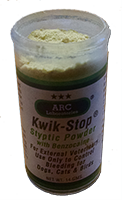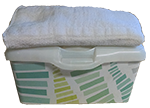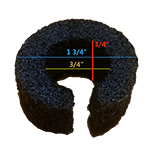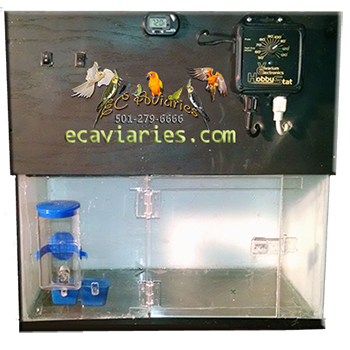Medical Care for your bird.
The most important item in your first aid kit is the number to your Vet. Not just any vet. But a Avian vet. You may know birds, but an avian vet has much more training and hands on.
Baeyens Hauk Veterinary Group. 501-837-7106 I keep that number in my phone and on the refrigerator. And it is a good idea if you can weigh your bird once in awhile. Knowing your birds weight can help you tell if he/she is sick if there is a sudden loss in weight plus is good information to pass onto your vet
Now about buying a First Aid Kit for your birds. A First Aid Kit is only as good as those knowing how to use them. Take time and do some research on the internet and see what comes in a First Aid Kit for a bird. I think you will be surprised at all the stuff that comes in some and the lack of stuff that comes in other Store bought First Aid Kits. Then ask yourself honestly. Do I know what most of the stuff is and how to use it. For those who see that they don't. Like me. I am going to put together a list for a first Aid Kit for someone new to birds. It will be very basic. Hopefully enough to hold you over until you can get the right help or hopefully a vet.
Again I am going to push as strongly as I can. Use an Avian Vet. As time goes on you will get a better feel for taking care of sick birds. But why risk your trusted friends life.
KWIK STOP Styptic Powder
Some kind of quick stop if you get a bird that is bleeding. I use KWIK STOP Styptic Powder with Benzocaine. Just my quick stop of choice.

Some Kind Of Cloth
Baby unscented wipes. These work great for cleaning your hands and cleaning your bird. And then a soft paper towel. Myself I like to use a cloth diaper

Spong Ringe
A sponge ring. You use this to put around your bird's neck if they have injured themselves and you want to keep them from digging at it. The KEY here is ensure that the sponge ring is large enough not to restrict the birds eating and breathing. Yet small enough that they can not get it off. For Birds the size of Cockatiels. I use a section of insulating foam to put around pipes.This may not stop a bird from plucking. But it can slow them down long enough to have the feathers grow back in most cases. There are other methods out there. I just found this one to work best for me.

Syringe
A Syringe is a very handy tool to work with. The last thing an injured Bird wants to go through is the shock and trauma of being rinsed off in a sink of running water. A syringe works nicely as it allows you to rinse the injured area without high pressure from a faucet and allows you to rinse more slowly yielding less shock and trauma to your beloved friend.

Hospital Cage
One way is to use a 5 or 10 gallon fish tank. Take a towel and fold it around a heating pad. Then place your 5 or 10 gallon fish tank on that. Then take a piece of cardboard and cut it to fit on top of your fish tank. This will help to hold the heat in. The cage does not have to be more than 5 degrees more than room temperature for adult birds. Other people use a heat lamp. Heat lamps are a bit hard to control the heat and you have a light on your bird making it harder for your bird to get some sleep and rest and heal up. I like to use nesting box material in my hospital cages as it draws and holds the heat.While providing your bird some comfort


